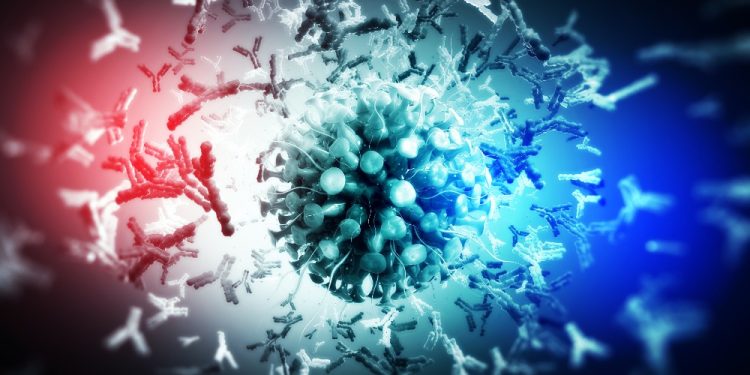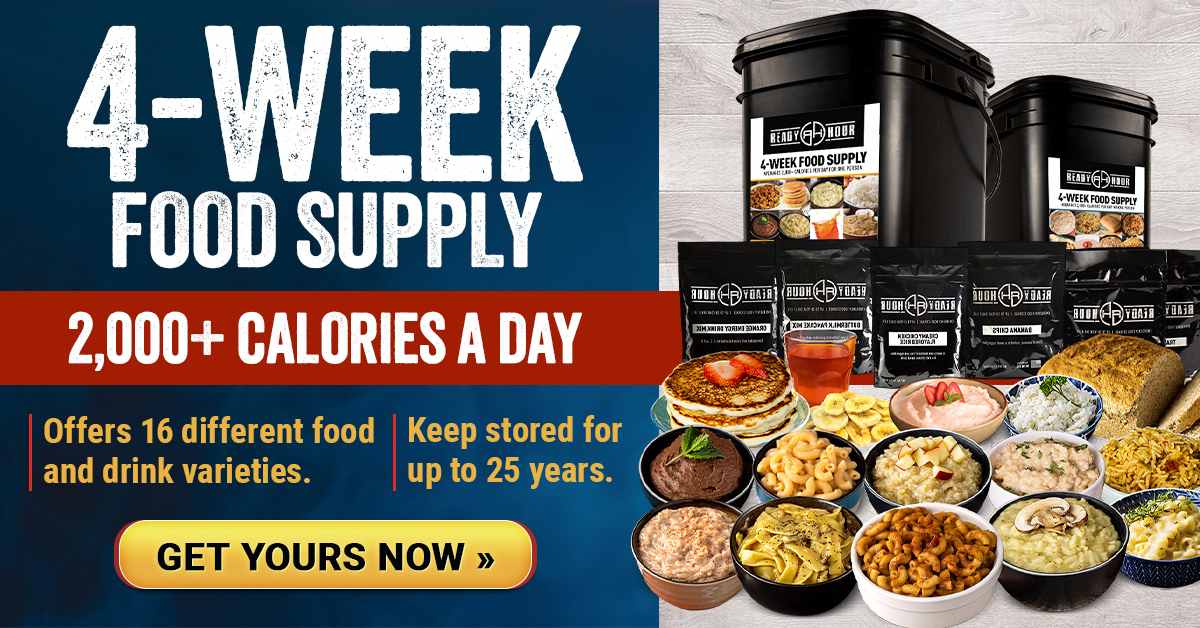Nearly everyone in the United States enjoys some form of protection against COVID-19, according to a new study on those who have donated blood.
Some 96.4 percent of people aged 16 and older who donated blood had evidence of antibodies against COVID-19, researchers found when analyzing blood samples between July and September 2022.
The percentage of people with antibodies was up from 93.5 percent during January to March 2022 and from 68.4 in mid-2021.
People had antibodies from prior infection, vaccination, or both.
About 26 percent of people had antibodies from vaccination only, 22.6 percent had antibodies from infection only, and 47.7 percent had antibodies from both, the researchers found.
Infection-induced immunity was more common among the unvaccinated in the cohort.
The studied cohort featured 142,748 people who had donated blood at least twice in the preceding year.
Donated blood was tested for antibodies against the spike protein that both COVID-19 and the vaccines have, as well as nucleocapsid proteins that are produced when one is infected.
U.S. Centers for Disease Control and Prevention (CDC) researchers worked with officials from the American Red Cross, Creative Testing Solutions, Vitalant, and Westat for the research, which was published by the CDC’s quasi-journal on June 2.
The results align with previous data from broader populations.
Studies, including previous CDC papers, collected in a U.S. National Institutes of Health (NIH) database show high levels of antibodies among the U.S. population.
“Essentially, this data and the NIH serohub data shows a principle that we already know in Infectious Diseases, which is that it is hard to avoid a highly-transmissible respiratory virus and that there is high population immunity at this point,” Dr. Monica Gandhi, director of the University of California San Francisco-Bay Area Center for AIDS Research, who was not involved in the study, told The Epoch Times via email.
The increase in antibodies, or seroprevalence, “is likely contributing to lower rates of severe disease and death from COVID-19 in 2022–2023 than during the early pandemic,” the CDC researchers who conducted the study said.
Many studies have found that natural immunity is similar to or better than protection bestowed by vaccines, including a recent paper funded by the CDC. The effectiveness of the vaccines has fallen as newer strains have emerged, dropping to near-zero against infection after several months and just 24 percent against hospitalization among healthy people after 120 days.
But the CDC researchers asserted that the new study provides evidence that vaccination still protects against infection.
They pointed to how unvaccinated people had higher rates of infection than vaccinated people did, though they acknowledged that other factors could play a role.
“The differences in incidence could also be due to systematic differences between vaccinated and unvaccinated persons in terms of the prevalence of practicing prevention behaviors such as masking and physical distancing. The relative difference in infection rates narrowed during the most recent months, possibly because of waning of vaccine-induced protection against infection in the setting of increased time after vaccination or immune evasion by the SARS-CoV-2 Omicron variant,” they wrote.
“The narrowing of difference in infection rates might also be attributable to increasing similarities in behavior among vaccinated and unvaccinated persons during late 2022.”
Limitations of the research include no available information on the number of vaccine doses the blood donors had received, the time since their last vaccination, and any reinfections.
Other Recent Seroprevalence Studies
Other recent studies have also found that many people have evidence of prior infection or vaccination.
Researchers in Uganda, for instance, reported in May that an analysis of more than 5,000 blood samples tested in early 2022 showed that 82.5 percent had evidence of prior infection, vaccination, or both. That was up nine-fold from earlier in the pandemic.
“Despite previously reported low numbers of COVID-19 cases and related deaths in Uganda, high SARS-CoV-2 seroprevalence and increasing antibody levels among blood donors indicated that the country experienced high levels of infection over the course of the pandemic,” the researchers said.
Italian researchers also recently said that in 2020, 47.8 percent of the more than 25,000 voluntary blood donors in the city of Modena had tested positive for antibodies against nucleocapsid proteins but that the percentage jumped to 66 percent by March 2021 and 68 percent by July 2022.
Most of the donors didn’t experience symptoms when they contracted COVID-19, the researchers said.
In a smaller U.S. study of 2,584 life insurance applicants conducted across two days in April 2022, researchers found that 97.3 percent of the group were seropositive, with 63.9 percent having antibodies signaling prior infection and 33.7 percent having been vaccinated with no signs of previous infection.
Article cross-posted from our premium news partners at The Epoch Times.






